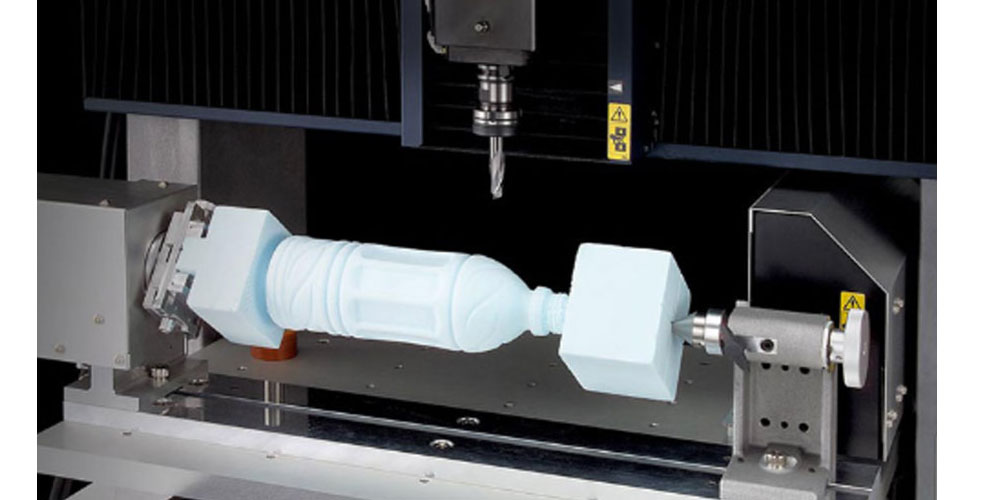Rapid prototyping is a process where part of an object is fabricated using three-dimensional Computer-Aided Design. Product manufacturers like this process because it’s quick, and the construction of the 3D models is completed using 3D printing. You can use rapid prototyping services for several applications like medicine and have multiple benefits for you. Rapid prototyping China takes your design concept and creates a model, and may even suggest a new design for you that you can choose to incorporate in your plan or not. We discuss the categories of rapid prototyping below.
Categories of Rapid Prototyping
Rapid prototyping techniques differ in their processes, materials used, and the kind of prototypes they produce, either high or low fidelity. The rapid prototyping techniques are;
1. Powder-Based Technique
It involves Selective Laser Sintering and Direct Metal Laser Sintering.
a. Selective Laser Sintering (SLS)
SLS applies the additive manufacturing process where object formation is done by adding layers of materials. A high-power laser lays the material, which is then heated and sintered to create a prototype. The object’s surface is usually rough and has to undergo more processing for a polished look. However, the SLS technique is quick, needs less labor, and the productivity levels are high. The materials used include plastics, nylons, and ceramics.
b. Direct Metal Laser Sintering (DMLS)
It is applied mainly when dealing with metals and metal alloys. It involves 3D printing and the use of computers to direct the laser in pattern printing. First, the metal is heated using very high power from the laser through the metal laser sintering process until it’s below the melting point or through selective laser melting, which is above the melting point. Metal powder is then fused to form a solid layer. Another layer is later exposed and goes through the same process from start to finish. The process takes a long time ranging from a few hours to days.
2. Liquid-Based Technique
In this technique, we have the Stereolithography (SLA) method. It was the first commercial three-dimension printing method, hence the most used in different applications. SLA forms plastic parts by solidifying a photosensitive liquid into layers through computer-aided ultra-violet light. Materials used in this method are self-adhesive, causing the layers to bond, and a 3D object is formed.
3. Solid-Based Technique
It features two methods: laminated object manufacturing and fused deposition modeling.
a. Laminated Object Manufacturing(LOM)
The method is also called sheet lamination. A plastic or paper layer is taken to the construction platform by the feed mechanism, and a laser cuts into it to make more layers. A heater roller applies pressure on the layers to help the bond and then cuts in a particular shape using computer-controlled laser beams to form a CADdesign pattern. LOM is an easy-to-use method, fast and very affordable.
b. Fused Deposition Modeling(FDM)
FDM is a 3D printing process that features a thermoplastic filament. The filament is heated and melted in a nozzle barrel within the printer. The molten material is deposited in layers as directed by the computer deposition program systematically. This method is common with desktop printers and is fast and cost-efficient.
Conclusion
Rapid prototyping helps in the production of model designs and later creating actual objects. It is a quick process that uses different materials hence its diverse uses across industries. It has multiple benefits to designers and consumers too.
